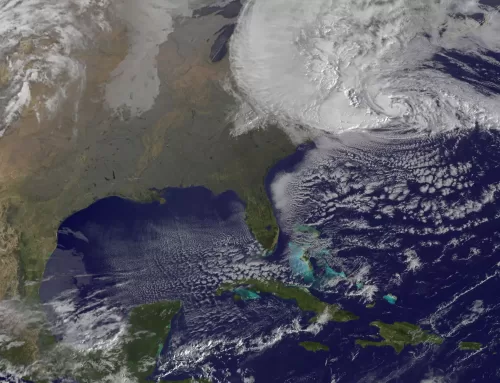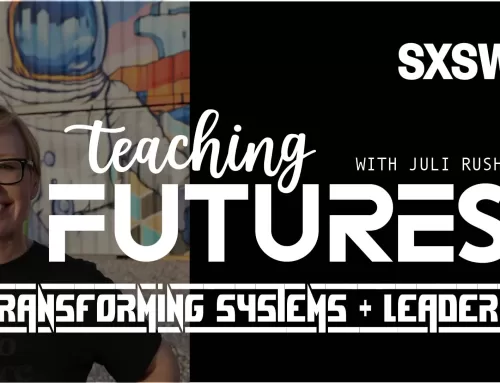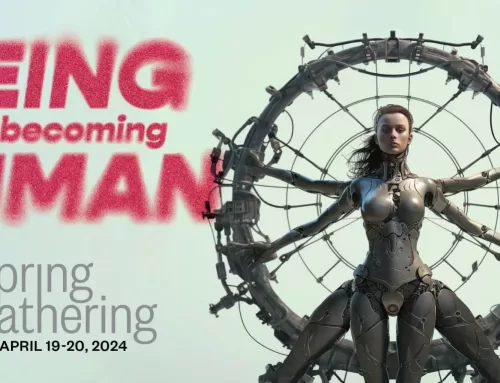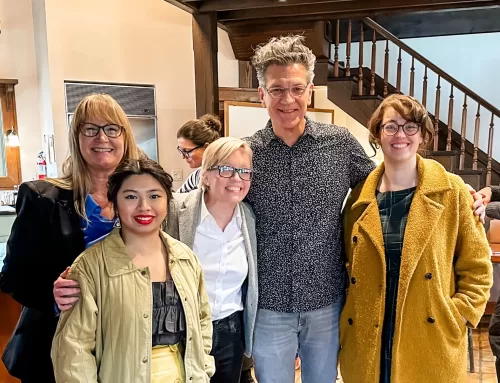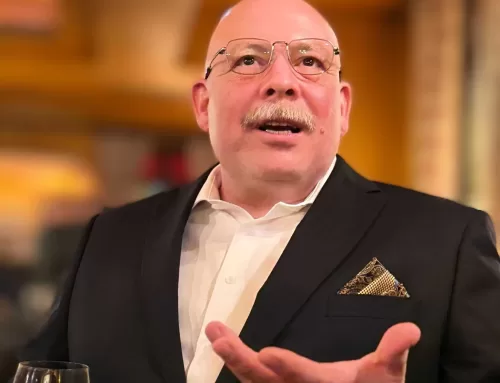How do you describe (to someone without prior knowledge of the field), what a Futurist does?
Contributor: Roger Spitz
Many people have never heard of the futures field. A few years ago, I was one of them.
It’s always so hard but so important to help the world understand what we do in the field of foresight and futures, and especially the value we bring to supporting transformative change.
First, we explore signals (including very weak signals at the fringe), uncover patterns (with a historical lens of the historic drivers of changes) and then consider next order implications of all these as we connect the dots.

Exploring Signals
Second, this may seem paradoxical but we are at the same time seeking to expand the foresight zone by challenging assumptions while narrowing the level of uncertainties. And then explore potential outcomes including through scenarios (of the futures) while providing agency in terms of understanding the role one actually has in building one’s own future [or one’s organization’s own future].
So really opening doors, helping make better decisions, providing perspectives on patterns and inflection points, with a reminder of how much agency one has over defining one’s possible futures.
Ultimately, we are not seeking to predict (which is impossible), and none of the imagined futures are likely to materialize. However, our work means better preparation for any of the futures which may arise, and that exploration into possible futures will likely uncover elements which reduce the risk of complete surprise, inadequate preparation, careless, late or improvised responses to important aspects which should have been anticipated.
One objective of exploring a range of possible futures is “preparation” in the widest possible sense. What proactive steps can we take today to better prepare for and ultimately make more informed decisions in response to the future as it materializes:
- The many tools of futures research and futures studies, including a number which are used in more formal strategic foresight frameworks such as futures exploration through “scenario analysis”, “causal layered analysis”, “three horizons”…
- Environmental scanning, learning to monitor and qualify weak signals
- Interpreting the next-order impacts of change (eg through tools such as “futures wheels” or variations thereof to integrate “cross-impacts”), connecting the shifting dots with action-triggers.
A second objective can be termed “visioning”. Namely mapping out possible futures, with the agency to develop, communicate and seek to realize our preferred, most engaging future option.
The benefits of visioning include prioritizing and allowing us to make better decisions today to tie in with our longer-term vision. Reconciling short-term emergent decision making with longer term aspirations.
So how is visioning different from a plan or strategy? Visioning goes further, is more impactful and aspirational, pushing beyond the perceived limits of current realities, putting us on the other side of the boundaries of change.
Last but not least, the Association of Professional Futurists (APF) is our global community of futurists and foresight practitioners, dedicated to promoting professional excellence and demonstrating the value of strategic foresight and futures studies for their clients and/ or employers. Futurists work in global corporations, consultancies, education, government, small business and non-profits. Founded in 2002, the APF now includes more than 500 members from 40 countries. APF sets the standard of excellence for foresight professionals. Members include futurists from businesses, governments, non-profits, consulting futurists, educators, and students in future studies.
About the author
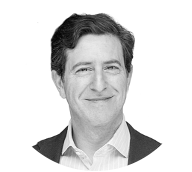
Roger Spitz
To read more about my journey into foresight and futures, you can listen to my FuturePod podcast interview (Episode 70, The Essence of Being Human) or read my recent interview with Qwasar Silicon Valley.
